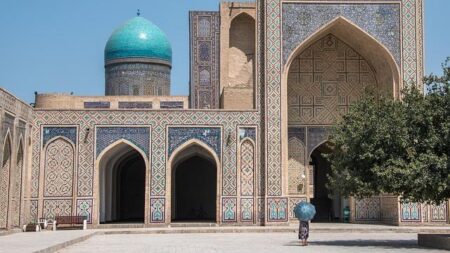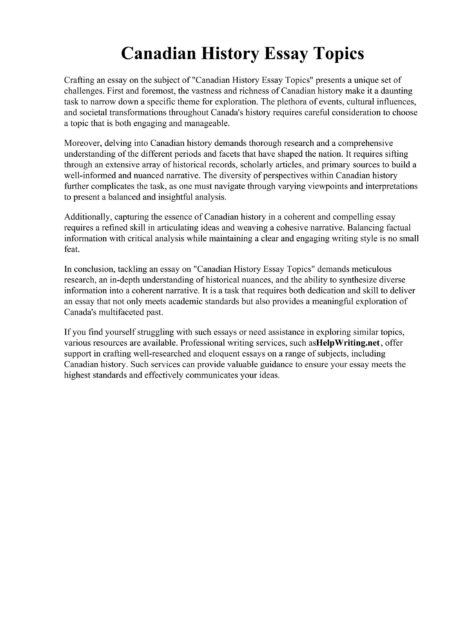Sao Tome and Principe: A Spotlight on Health Initiatives with the World Health Organization
In the heart of the Gulf of Guinea, the island nation of Sao Tome and Principe is making headlines as it collaborates closely with the World Health Organization (WHO) to enhance public health and tackle pressing health challenges. With a population of just over 200,000, this small archipelago is poised to serve as a model for health innovation amid a landscape of emerging diseases and environmental changes. Recent initiatives supported by WHO aim to strengthen the country’s health systems, improve maternal and child health services, and foster resilience against pandemics. As Sao Tome and Principe navigates the complexities of global health dynamics, its partnership with WHO sheds light on the importance of international cooperation in building healthier societies in even the most remote corners of the world.
Challenges in Healthcare Access and Infrastructure in Sao Tome and Principe
Access to healthcare in SĂŁo TomĂ© and PrĂncipe faces significant barriers that hinder overall public health. The nation, composed of two islands, grapples with a limited number of medical facilities and a shortage of essential healthcare personnel. Many residents, particularly those in remote areas, are forced to travel considerable distances to reach the nearest clinic or hospital, which can lead to delays in treatment and worsening health outcomes. Additionally, the rural infrastructure is often underdeveloped, complicating transportation and emergency responses.
Key challenges contributing to the healthcare access dilemma include:
- Inadequate Healthcare Facilities: Many clinics operate with outdated equipment and insufficient resources.
- Lack of Trained Professionals: The shortage of skilled healthcare workers impacts the quality of care.
- Poverty and Economic Constraints: Many citizens cannot afford healthcare services, affecting their ability to seek timely treatment.
- Logistical Barriers: Poor road conditions and limited transportation options hinder access to medical care.
The government has initiated several reforms aimed at improving healthcare, but innovation in infrastructure development is crucial. A focus on strengthening primary healthcare, enhancing training programs for medical staff, and fostering collaborations with international organizations could yield significant progress. As efforts continue, it is essential for the global community to support these initiatives, ensuring equitable health access for all citizens of this island nation.
| Challenge | Impact on Healthcare |
|---|---|
| Limited Facilities | Inaccessibility to essential services |
| Workforce Shortage | Delayed treatments, lower care quality |
| Poverty | Underutilization of available services |
| Infrastructure Issues | Hindered medical emergencies response |
Strategies for Strengthening Disease Surveillance and Response Systems
The World Health Organization (WHO) has identified several key strategies to enhance the disease surveillance and response systems in SĂŁo TomĂ© and PrĂncipe. One of the primary goals is to *strengthen data collection methods*, ensuring that health statistics are accurate and representative. This can be achieved through robust training programs for local health workers to improve their skills in data gathering and analysis. Additionally, integrating technology in data management can streamline reporting processes and facilitate real-time access to information, which is crucial during outbreaks.
Another critical aspect lies in *community engagement and awareness campaigns*. Empowering local populations to recognize and report symptoms of communicable diseases can lead to faster responses to emerging health threats. Activities may include workshops and informational sessions that focus on hygiene practices, vaccination importance, and early detection strategies. The implementation of a multi-sectoral approach that involves health, education, and community leaders is also essential for fostering a proactive public health culture.
Recommendations for Enhancing Public Health Funding and Resources in Sao Tome and Principe
To enhance public health funding and resources in SĂŁo TomĂ© and PrĂncipe, key strategies must be adopted to strengthen healthcare infrastructure and accessibility. Policymakers should consider increasing the national health budget allocation to improve essential health services, including maternal and child health, disease prevention, and health education. Furthermore, forging partnerships with international organizations and NGOs can facilitate funding opportunities and technical assistance. Engaging stakeholders at all levels is crucial for ensuring that the health system is well-resourced and meets the population’s needs.
Investing in community health initiatives can also play a vital role in promoting public well-being. Community health workers should be trained and supported to deliver preventive care and health education directly within their communities. This grassroots approach could help address health disparities, particularly in rural areas. Additionally, establishing a public health surveillance system is essential to effectively monitor health trends and response efforts. To support these initiatives, it is recommended to:
- Enhance workforce capacity through targeted training programs.
- Develop sustainable funding models that prioritize local health needs.
- Promote health literacy among the population to empower individuals to make informed health choices.
- Innovate digital health solutions to extend healthcare access and information dissemination.
| Key Focus Areas | Proposed Actions |
|---|---|
| Healthcare Infrastructure | Increase national funding allocations |
| Community Engagement | Train and deploy community health workers |
| Preventive Health | Invest in public health education programs |
| Monitoring | Establish a public health surveillance system |
Closing Remarks
In conclusion, the collaboration between SĂŁo TomĂ© and PrĂncipe and the World Health Organization underscores the vital importance of global health partnerships in addressing the unique challenges faced by small island nations. As this partnership continues to evolve, it is imperative for both local authorities and international organizations to remain committed to improving healthcare infrastructure, enhancing disease prevention strategies, and promoting public health education. The initiative not only aims to tackle current health issues but also works to prepare for future health threats, thereby securing a healthier future for the citizens of SĂŁo TomĂ© and PrĂncipe. Moving forward, the outcomes of this collaboration could serve as a model for similar nations striving to achieve sustainable health improvements in an increasingly interconnected world. As the global health landscape continues to change, the lessons learned here may prove invaluable in the collective endeavor to ensure health for all.







